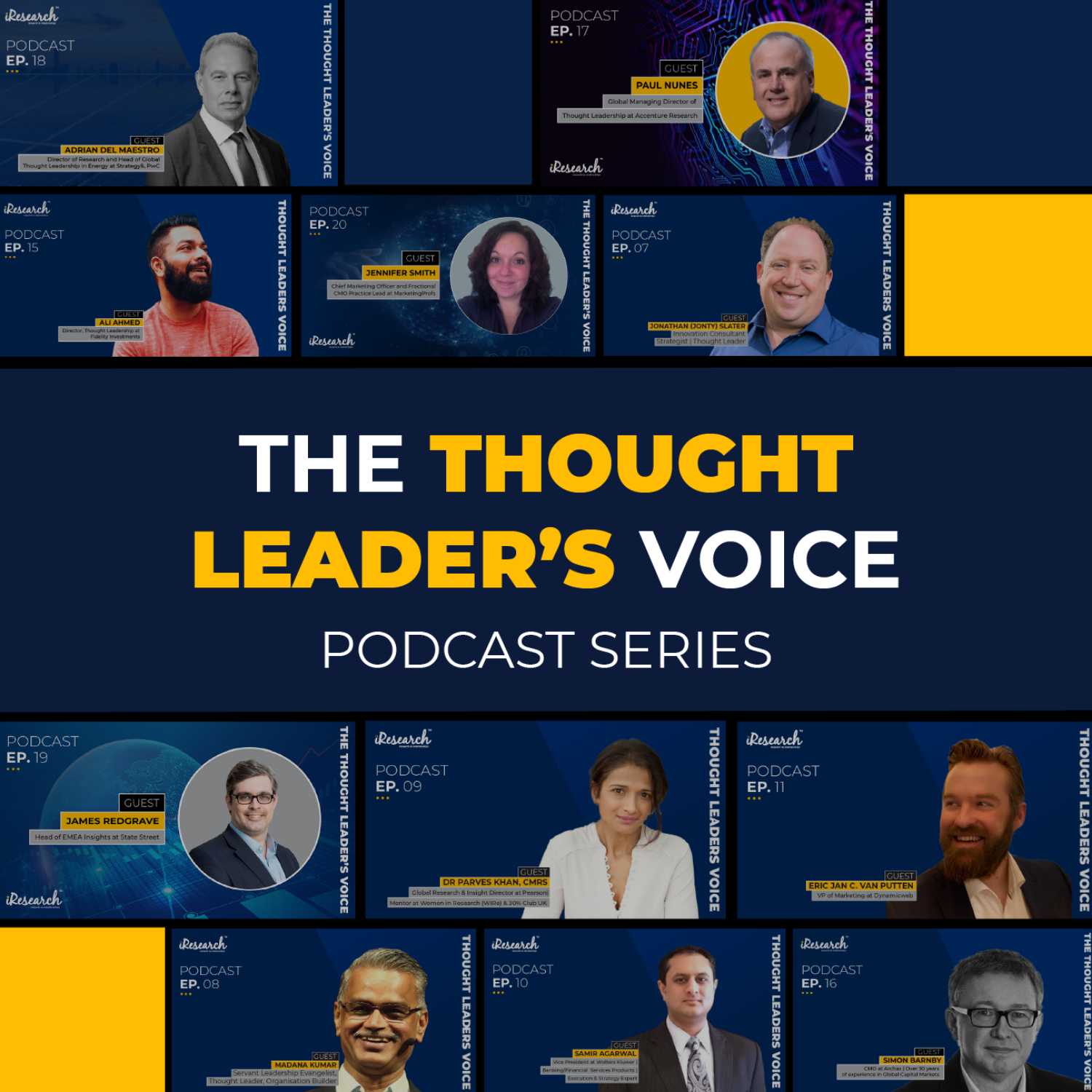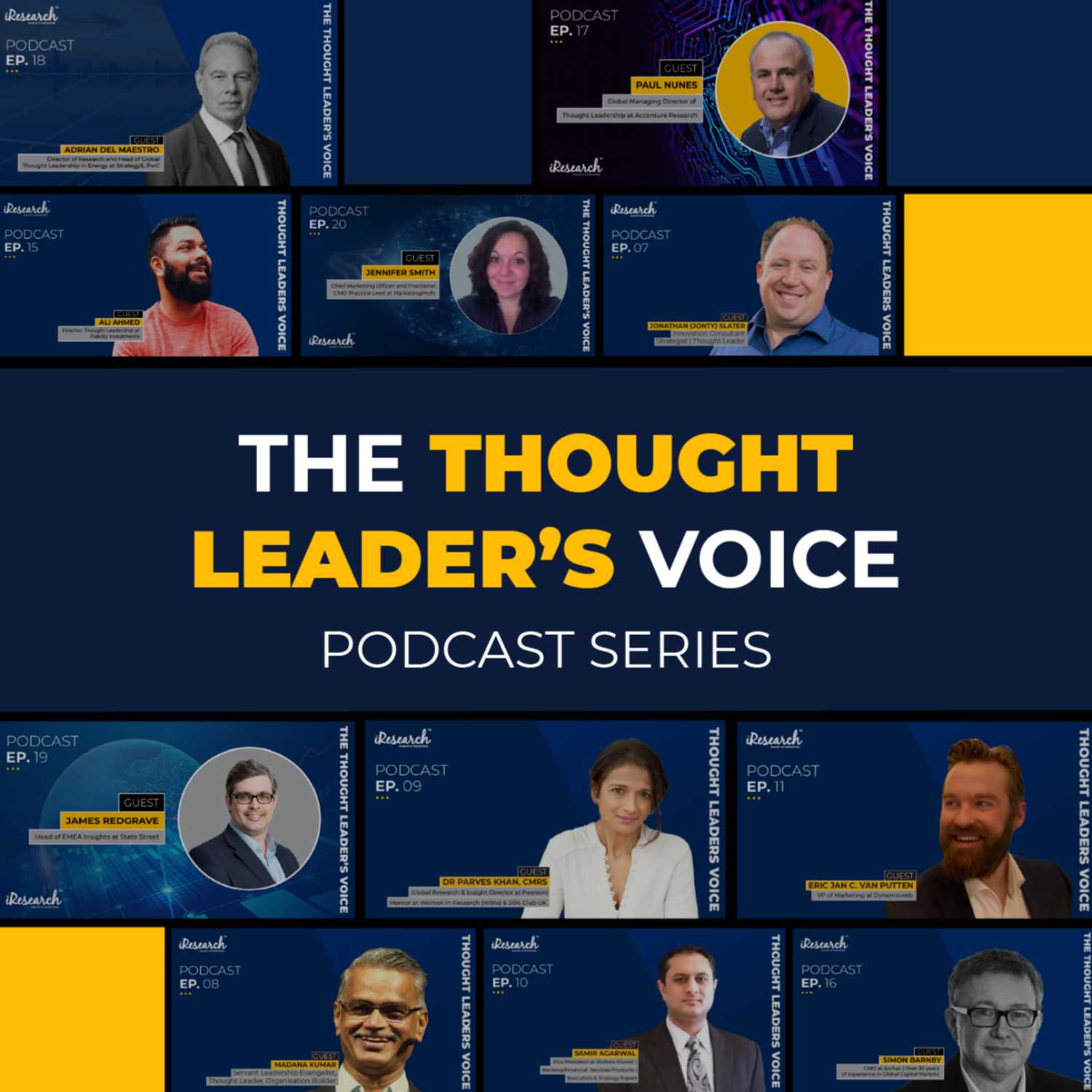A Seismic Shift to Unify B2B Sales and Marketing
Description
As part of our The Thought Leader’s Voice podcast series, we are excited to be in conversation with Jenna Pipchuk, who speaks on a seismic shift to unify B2B sales and marketing.
With over 20 years of experience in technology, Jenna is currently the Chief Sales Officer and Executive Vice President at SMART Technologies, a provider of hardware, software, and training solutions to educators and business professionals worldwide. She started her career in Product Management and is now responsible for global sales at SMART, where she has helped to bring many successful products to market.
During the pandemic, Jenna and her team at SMART Technologies forged a novel, groundbreaking path for SMART. By identifying the behaviour of digitally dominant B2B buyers and to meet the customer where they are, the team completely dismantled traditional sales, marketing, success, and service teams, and restructured into what they term as the ‘Unified Commercial Engine’ (UCE). In this episode, Jenna shares with us details about the UCE model, what contributed to its success, and how this has been woven into the fabric of the organisation.
Key Takeaways:
What is the ‘Unified Commercial Engine (UCE)’ and why did SMART Technologies build this model? What results have this restructure driven for the company?
How is the UCE approach contributing to the evolution of the industry, job roles and individuals?
How has the UCE shift impacted employee satisfaction and engagement? What were the findings when measuring this pre- and post-restructure?
Would this model work across all sectors and business types, or would it lend itself more naturally to some industries than others?
Over and above ‘The Commercial Engine Pods’, SMART created three centers of excellence – one focused around Data and Analytics, one for Customer Insights and Positioning, and one for Creative and Digital Experience. How did each facilitate the UCE, and the organisation overall?
Are there particular steps that SMART Technologies is taking to ensure that the model continues to be robust and aligns with the next stage of growth, and to allow for any potential changes that may be needed given the continual evolution of buyer behaviour?







